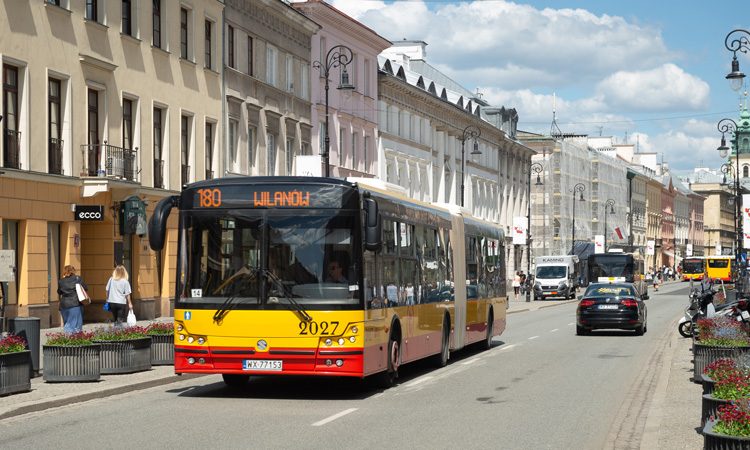Reaping the benefits of intelligent transport systems in Warsaw
- Like
- Digg
- Del
- Tumblr
- VKontakte
- Buffer
- Love This
- Odnoklassniki
- Meneame
- Blogger
- Amazon
- Yahoo Mail
- Gmail
- AOL
- Newsvine
- HackerNews
- Evernote
- MySpace
- Mail.ru
- Viadeo
- Line
- Comments
- Yummly
- SMS
- Viber
- Telegram
- Subscribe
- Skype
- Facebook Messenger
- Kakao
- LiveJournal
- Yammer
- Edgar
- Fintel
- Mix
- Instapaper
- Copy Link
Posted: 4 June 2019 | Jakub Stefaniak | No comments yet
Digitalisation has taken hold of public transport operations around the world and data is the asset driving change across the industry. In an exclusive interview, Jakub Stefaniak, Head of the Department of Analysis at the Public Transport Authority of Warsaw, explains how the implementation of ITS and the collection and analysis of data has transformed transport management in the Polish capital.


What are the biggest daily challenges for Warsaw’s public transport network and how are new technologies helping to tackle them?
Warsaw has been developing at a very fast pace for many years. This high regional development rate has created new challenges that the Warsaw City Office and Public Transport Authority (PTA) must deal with. These include:
- An increase in road congestion and smog from the growing number of vehicles entering Warsaw due to agglomeration
- A need to improve the comfort of public transport due to increasing expectations of residents and passengers – both in the context of vehicle quality as well as across the entire network.
Both issues are connected by a need to optimise public transport, enabling it to adapt in the best possible way to meet the needs of citizens. What’s more, the city is undertaking a number of initiatives to meet the growing need for quality infrastructure and organisational systems. Warsaw public transport will soon gain, among other features, an extension of the second metro line and tram routes, and an exchange of current rolling stock for greener and more passenger-friendly trains.
However, development is not only taking place in external or investment areas. Optimising day-to-day work has been achieved by making internal changes, including the implementation of ITS by the PTA. The aim is to have better management of everyday vehicle traffic and increased quality and accuracy of data to enable more detailed analysis based on them both.
Related topics
Intelligent Transport Systems (ITS), Multimodality
Issue
Issue 2 2019
Related cities
Poland
Related organisations
Solaris, Warsaw University of Technology, Zarząd Transportu Miejskiego (ZTM)








